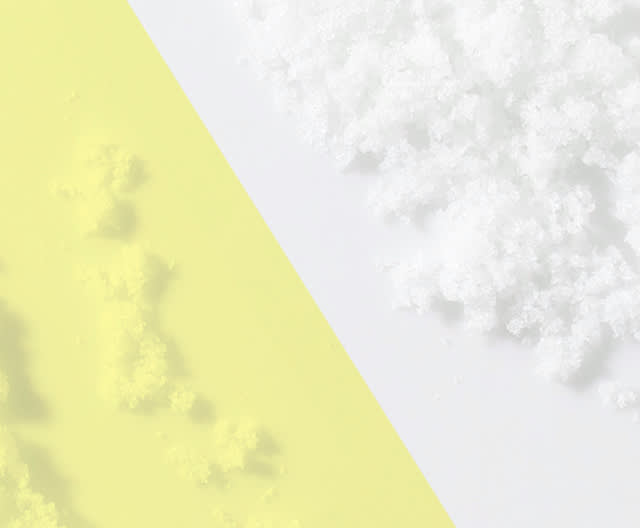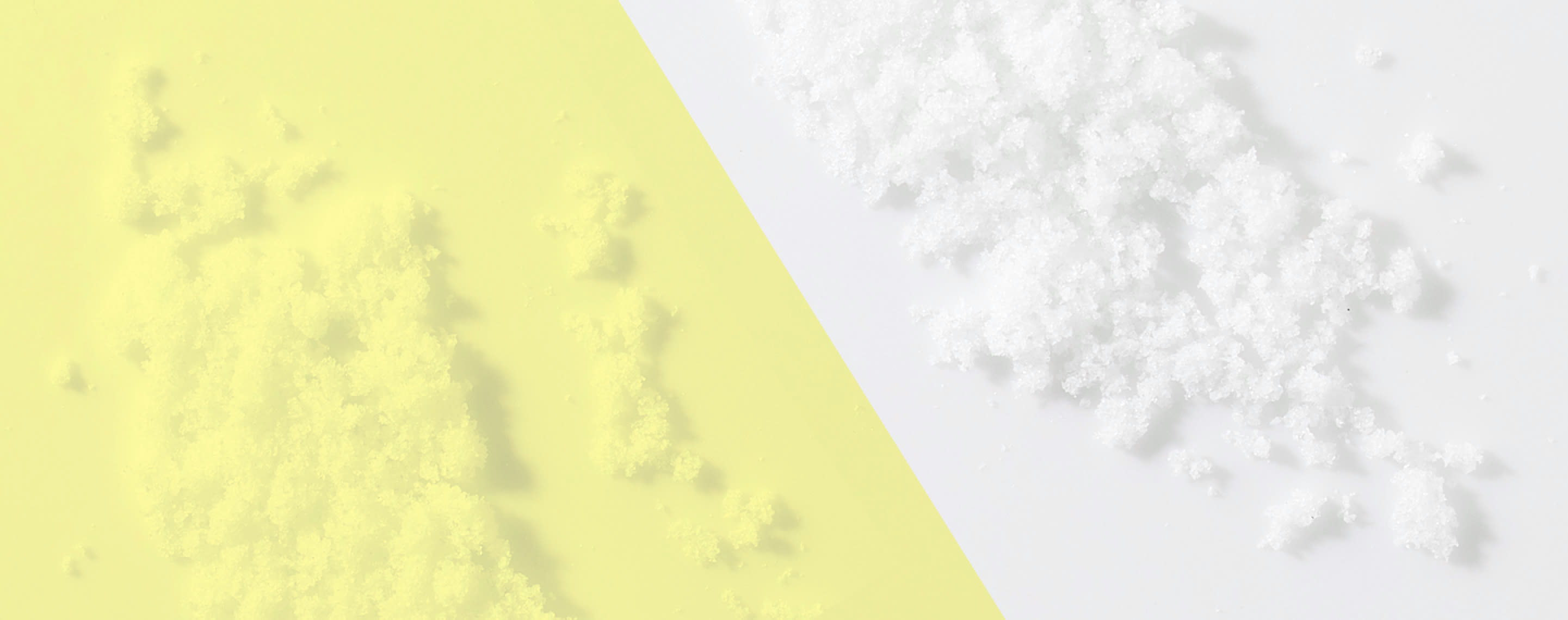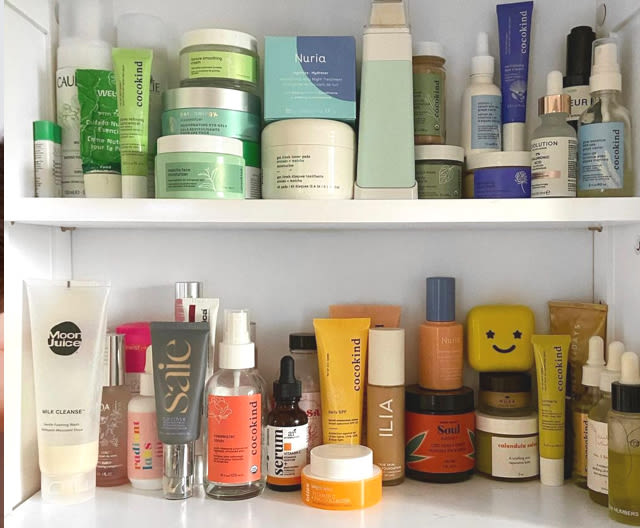Apostrophe Treatments
All About Benzoyl Peroxide


SHARE
Apostrophe Treatments
All About Benzoyl Peroxide
Medically reviewed by Aimee Paik, MD
Written by Annie Lam
Last updated 4/6/2022
When you pick up an acne treatment at your local drugstore, it’s very likely that its main acne-fighting ingredient is benzoyl peroxide. Benzoyl peroxide is one of the most popular ingredients to treat acne and for good reason! It’s available in many formats - cleansers, serums, spot treatments, and more. We’re breaking down how benzoyl peroxide works, and how our dermatologists recommend using it to treat acne.
What is benzoyl peroxide, and how does it treat acne?
According to our medical director Dr. Aimee Paik, “Benzoyl peroxide works by releasing free-radical oxygen species that kill acne-causing bacteria (cutibacterium acnes).” Benzoyl peroxide treats inflammatory acne by effectively reducing the c.acnes bacteria in your pores. It’s also able to break up debris in clogged pores to help reduce blackheads and whiteheads.
Benzoyl peroxide is regulated as a drug by the FDA and is clinically proven to treat acne. It is typically used to treat very mild breakouts and can be quite helpful for acne in its early stages. It’s also a great complement to other treatments for all types of acne, including mild to severe.
Benzoyl peroxide can cause some dryness and irritation when first starting out. Dr. Paik recommends using a lower strength (2.5 - 4%) benzoyl peroxide, as these tend to be much easier to tolerate. We also recommend sticking with a basic routine to avoid potential irritation when first starting out. Benzoyl peroxide can also stain your clothes/towels, so be cautious when applying!
Benzoyl Peroxide FAQs
How does it compare to other acne treatments? According to Dr. Paik, compared to salicylic acid, benzoyl peroxide is generally more effective because of its ability to kill acne-causing bacteria. Retinoids are much more potent than benzoyl peroxide and will have a much greater effect on acne.
Can it be used with other acne treatments? Acne treatments work best in combination and benzoyl peroxide can help improve the effectiveness of other medications. It’s often recommended alongside topical clindamycin to help prevent antibiotic resistance, like in our Clindamycin + Benzoyl Peroxide formula. Your dermatologist may also recommend using a benzoyl peroxide cleanser as a part of your treatment plan.
Anything it shouldn’t be combined with? While benzoyl peroxide is a great complement to other acne treatments, our dermatologists recommend to avoid combining it with tretinoin. Dr. Paik says that benzoyl peroxide actually breaks down tretinoin, which makes it less effective, so these two should not be used at the same time. One should be applied in the morning and the other in the evening.
Overall, benzoyl peroxide is popular for a reason - it can treat multiple types of acne, is a great complement to other acne treatments, and is clinically tested by the FDA. While it can take anywhere from 2-3 months to start seeing results, it’s a tried and true ingredient for treating acne. If you have specific questions about how (and if) you can incorporate benzoyl peroxide into your skincare routine, we recommend checking in with your dermatologist or healthcare provider! They’ll be able to make the best recommendations based on you and your skin.
Shop this post

Tretinoin

Clindamycin
Like what you just read? Sign up for our email list to get the scoop on skincare science delivered straight to your inbox.

Education
What is milia?
What is milia? Today, we’re jumping into one type of bump that you may have heard about most commonly in infants — milia.
Read More
Education
Best moisturizer for acne-prone skin
If you have combination acne-prone skin, figuring out which moisturizer is best for your skin might be tough. In this guide, we break down the best moisturizer for combination, acne-prone skin.
Read More
Education
How to build a face care routine
As you get into skincare, it might seem overwhelming, especially trying to figure out the order you're supposed to apply products in. Below, we detail how to build a face care routine for your skin!
Read More
